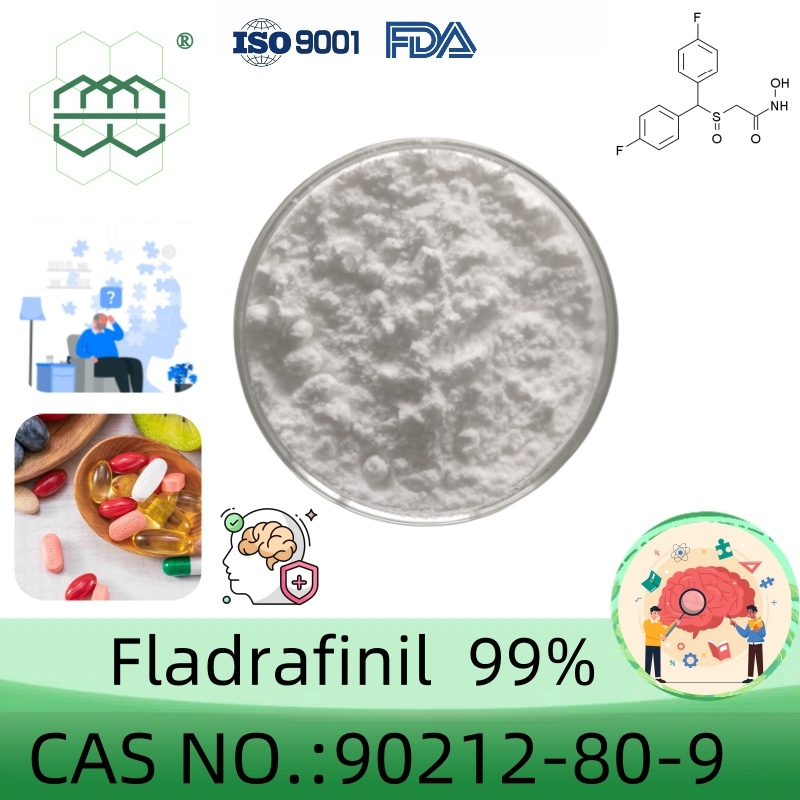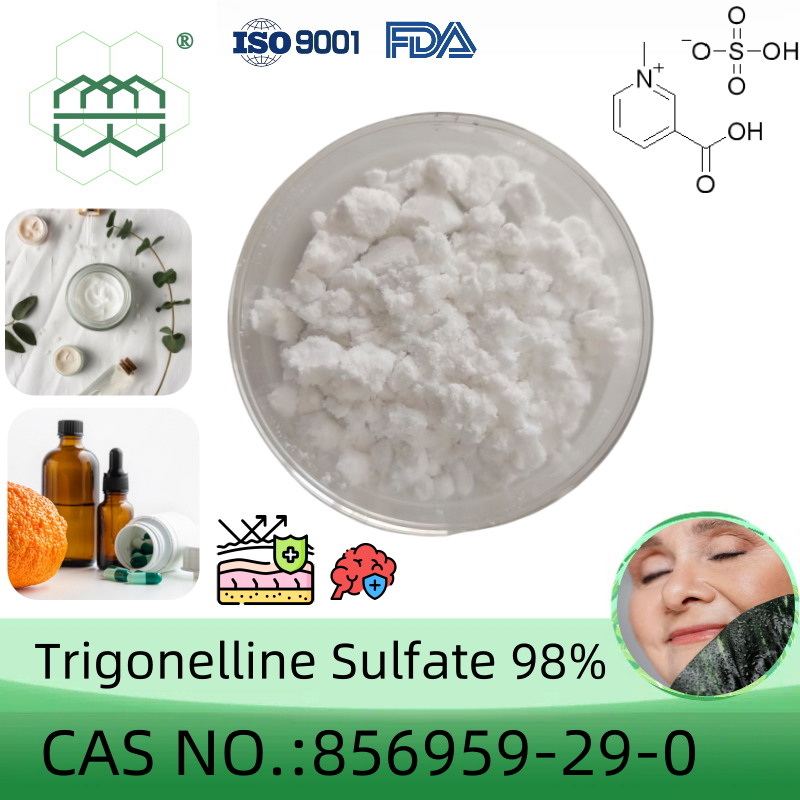-
Categories
-
Pharmaceutical Intermediates
-
Active Pharmaceutical Ingredients
-
Food Additives
- Industrial Coatings
- Agrochemicals
- Dyes and Pigments
- Surfactant
- Flavors and Fragrances
- Chemical Reagents
- Catalyst and Auxiliary
- Natural Products
- Inorganic Chemistry
-
Organic Chemistry
-
Biochemical Engineering
- Analytical Chemistry
-
Cosmetic Ingredient
- Water Treatment Chemical
-
Pharmaceutical Intermediates
Promotion
ECHEMI Mall
Wholesale
Weekly Price
Exhibition
News
-
Trade Service
L-Lysine dihydrochloride is an essential amino acid that is widely used in the field of medicine and food technology.
It is a versatile chemical compound that can be synthesized through various methods, each with its own advantages and disadvantages.
In this article, we will discuss the most common synthetic routes of L-Lysine dihydrochloride.
- Microbial fermentation
Microbial fermentation is a widely used method for the production of L-Lysine dihydrochloride.
This method involves the use of microorganisms such as bacteria or fungi to produce the compound.
These microorganisms are grown in large fermenters containing suitable nutrients and substrates.
After the fermentation process is complete, the L-Lysine dihydrochloride is extracted from the fermentation broth and purified to obtain a pure sample.
Advantages of microbial fermentation:
- Environmentally friendly and sustainable
- High yield and low cost
- Efficient purification methods available
Disadvantages of microbial fermentation:
- Requires large equipment and facilities
- Limited control over the final product
- Can be affected by contamination or other production issues
- Chemical synthesis
Chemical synthesis is another method for the production of L-Lysine dihydrochloride.
This method involves the use of chemical reactions to build the compound step by step.
The starting materials are typically inexpensive and readily available, and the final product can be obtained in high purity.
Advantages of chemical synthesis:
- Pure and consistent product
- Efficient and scalable
- Wide availability of starting materials
Disadvantages of chemical synthesis:
- Higher costs compared to microbial fermentation
- Requires specialized equipment and facilities
- Can be hazardous if not handled properly
- Enzymatic hydrolysis
Enzymatic hydrolysis is another method for the production of L-Lysine dihydrochloride.
This method involves the use of enzymes to break down protein molecules into their constituent amino acids.
The L-Lysine dihydrochloride is then purified from the resulting mixture.
Advantages of enzymatic hydrolysis:
- Environmentally friendly and sustainable
- High yield and low cost
- Efficient purification methods available
Disadvantages of enzymatic hydrolysis:
- Limited available starting materials
- Requires specialized equipment and facilities
- Limited control over the final product
- Crystallization
Crystallization is a method used to purify L-Lysine dihydrochloride.
This method involves the dissolving of the compound in a suitable solvent, followed by cooling and filtering to obtain crystals of the pure compound.
Advantages of crystallization:
- Pure and consistent product
- Efficient and scalable
- Wide availability of starting materials
Disadvantages of crystallization:
- Limited available starting materials
- Requires specialized equipment and facilities
- Limited control over the final product
In conclusion, L-Lysine dihydrochloride can be synthesized through various methods, each with its own advantages and disadvantages.
The choice of method depends on factors such as cost, availability of starting materials, and desired purity of the final product.
Microbial fermentation is a popular and cost-effective method, while chemical synthesis and enzymatic hydrolysis offer higher purity and control over the final product.
Crystallization is a useful method for purifying the compound.







